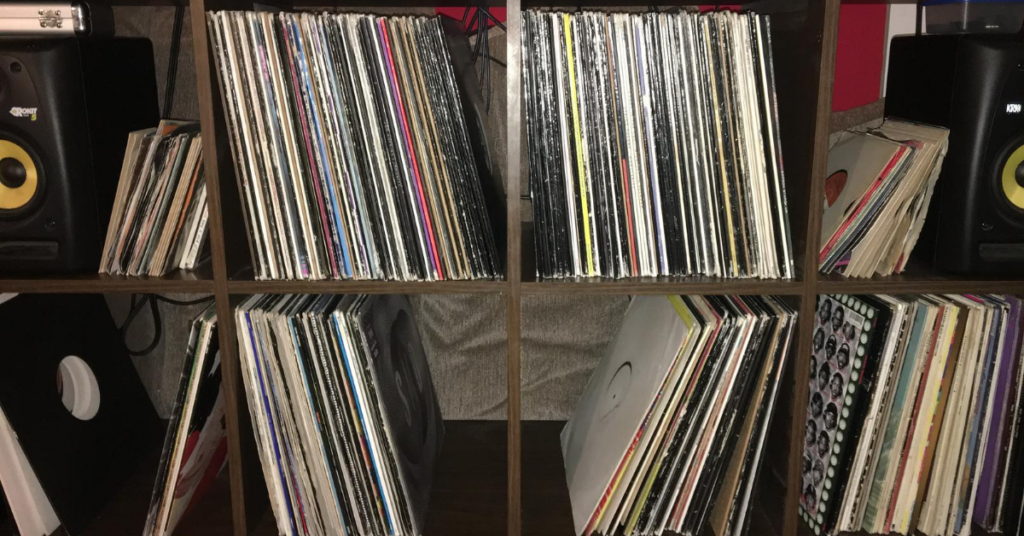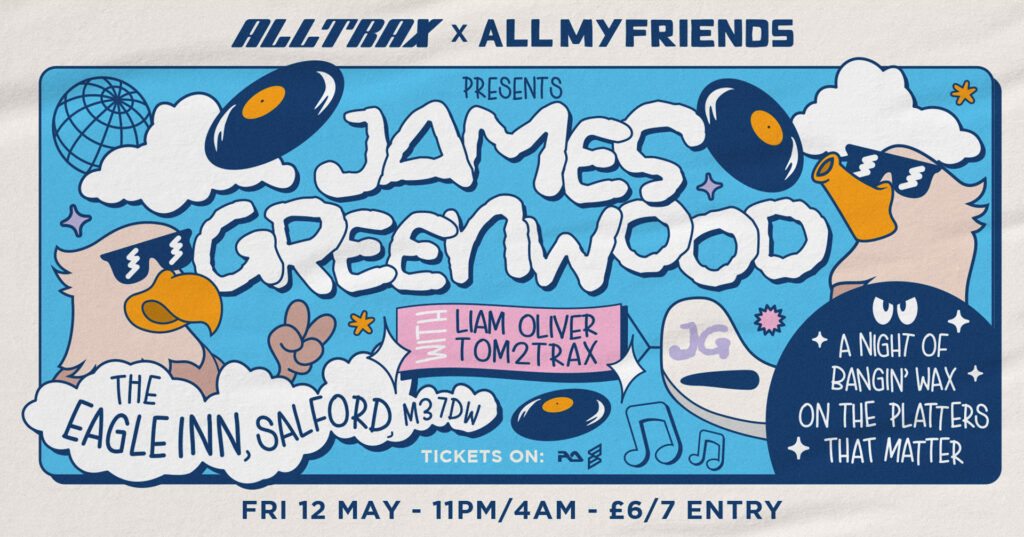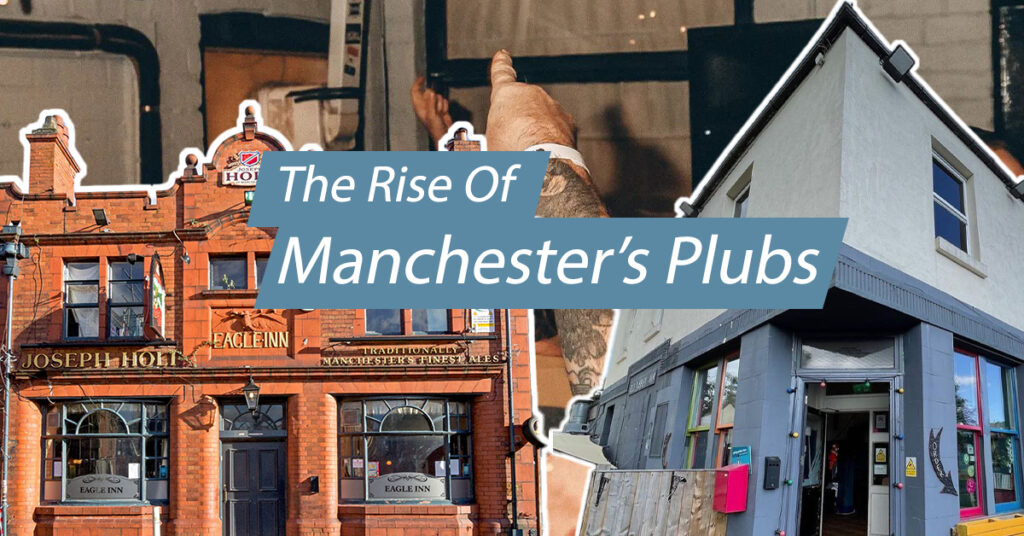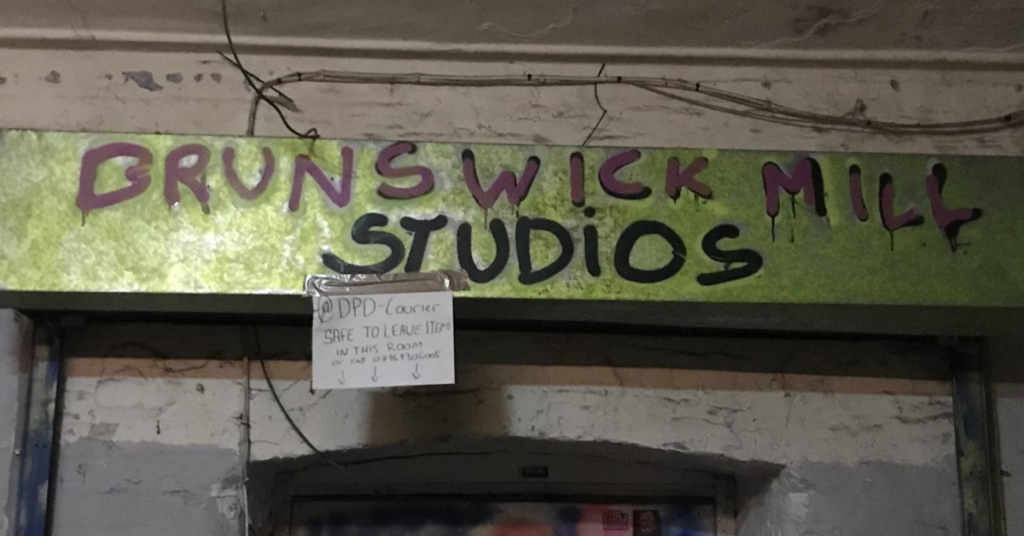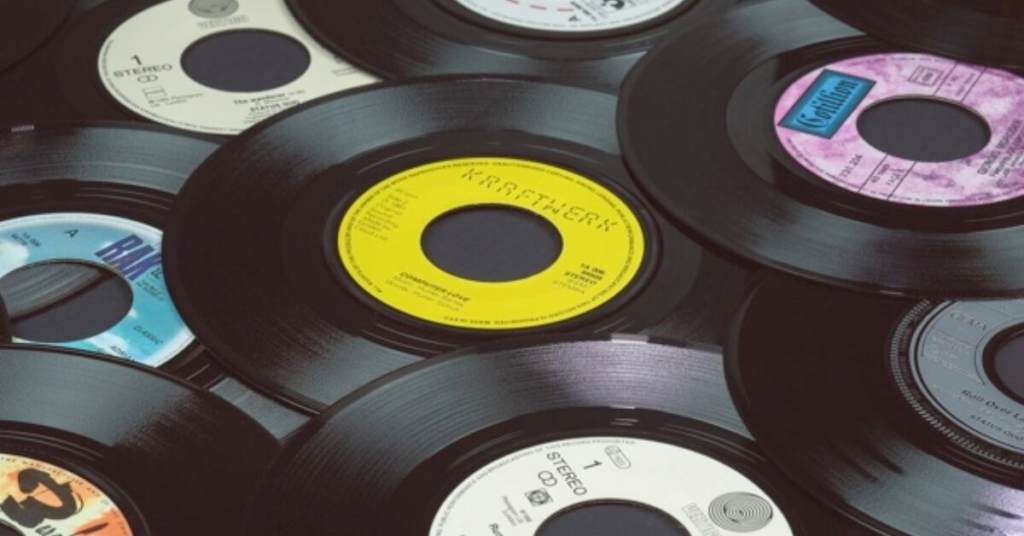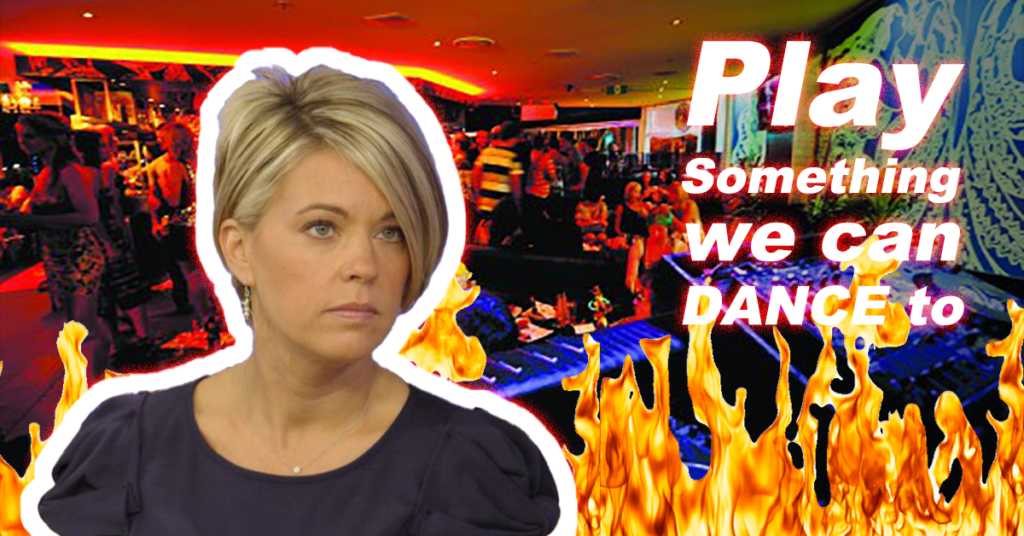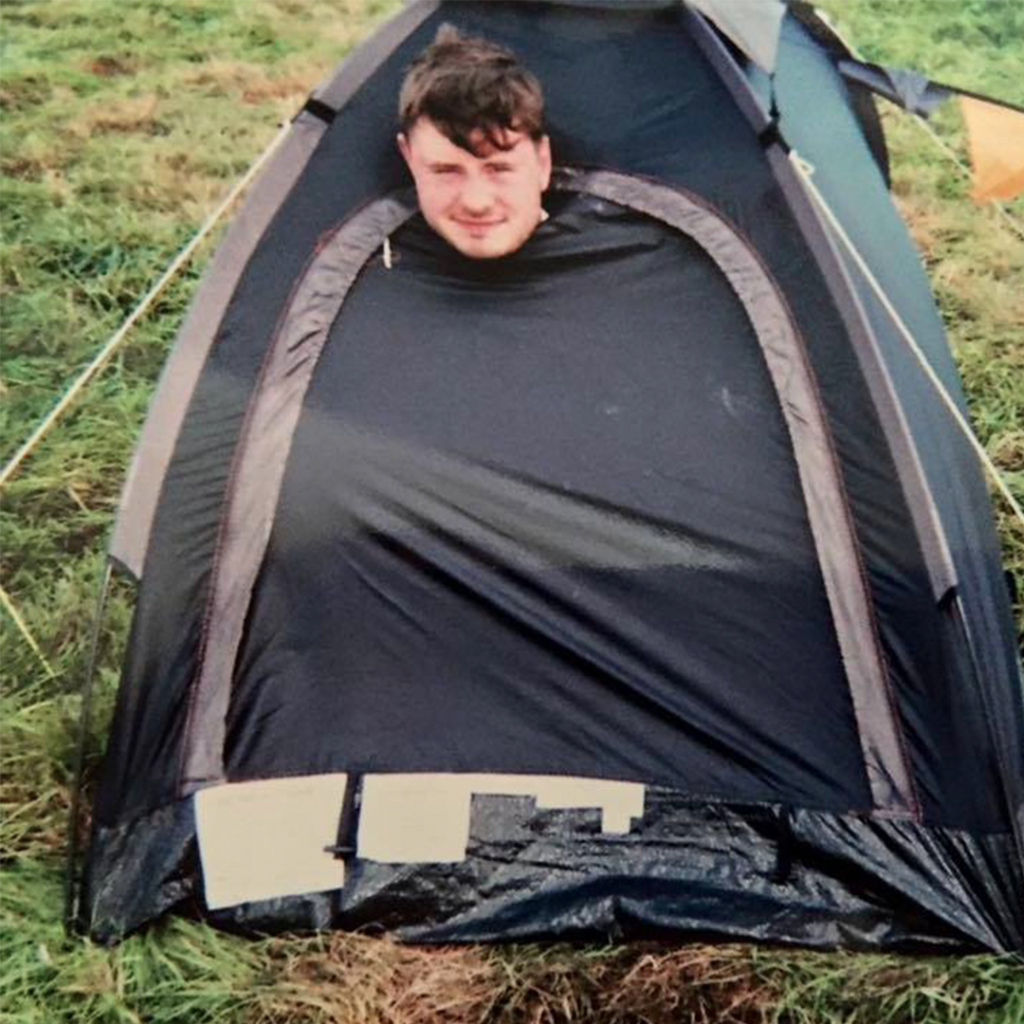
Written By – Liam Donoghue
AMF Head Honcho – Author Bio
AMF founder, resident, writer, and podcaster.
Facebook – Instagram – Soundcloud – Youtube
No matter how many times I try to organise my music library: arranging my track by color, mood, or tempo, the track MK – My Head Is A Jungle will always rear its ugly head. It’s really annoying.
Maybe for you, the track is a nostalgic banger. It takes you back to hazy days in 2014, Clean Bandit and Route 94 are dominating the dance charts (and mainstream radio) and everyone was willing to ignore the fact that tech-house was just a bit shit.
Speaking subjectively, the track could be amazing for you, you might love it and still chuck it on today when you’re at pre-drinks or a big gomping after-party. I say go for it, don’t let me being a miserable wanker stop you. but for me, however, it’s a painful reminder of how untamed and wild my digital music library is.
The term ‘entropy’ in physics means a lack of order or predictability. It describes a subjects gradual decline into disorder and chaos. Musical entropy (A term I’ve just coined) takes this principle and applies it to any and all musical libraries.
Why do long deleted tracks always find their way back into your collection? How did they get there in the first place? And is it possible to truly organise and sort a musical library? Should you even try?
I want to answer these questions in this article and explore what it means to own music as a DJ. Does owning a lot of music convey status to a DJ? Do you need tracks for every situation, and why is a DJ’s judged by Karen in accounts when we won’t play Chumbawumba at 2 in the morning.
Before I dive into all this though, I feel it’s important to explain how I ended up in a situation where my music library had taken on a life of its own.

How did I get my self into this situation?
I started DJ’ing in The Font Bar on New Wakefield Street around 2013. I had been a bedroom DJ for a while and I worked in the kitchen at The Font so it was a pretty easy jump to the DJ booth from there.
As my bar staff colleagues moved between venues in town my name was passed around various establishments and before you knew it I was DJ’ing 7 times a month (At my absolute peak).
My monthly DJ’ing consisted of: every Tuesday at Font, the first Saturday of the month at Font too, I also played 2 Saturdays at Odd Bar (R.I.P) and a Friday at Blue pig (also R.I.P). This was really fun at first, a sizable portion of my income was coming from DJ’ing and it felt great to be able to tell people I was a DJ.
This period really let me get to grips with DJ’ing as a craft. Playing so regularly, for so long, did let me gain an intimate understanding of the hardware, software, and technical skills required to be a DJ.
It did wear thin very quickly however. I soon found myself DJ’ing to eat, which is a grim place to be in as an artist. A lack of income and a belief that every set I played needed to be fresh and exciting led to me downloading a lot of illegal music, low-quality music. The fact I could download anything often meant I’d download loads of tracks and then not listen to half of them.
Even when I was buying music it would be in the form of compilation albums from the likes of defected. I’d download 30 tracks for a tenner then use three and ignoring the others. This was on the assumption that:
1) The more music I have makes me a better, more knowledgeable DJ
2) I need tracks for every situation. I need to be able to play every style of music at a moment’s notice.
This naturally led to an unruly and disorganised digital library. Even when I started buying high quality .WAV tracks I’d often neglect to download the track’s artwork. .WAV files struggle to store data as well, so when you download them the track titles often contain a string of numbers at the start.
I wouldn’t remove these, so my library turned into a collection of compilations I’d never listened too and a string of unidentifiable tracks all beginning with a jumble of numbers and no artwork.
Not ideal.
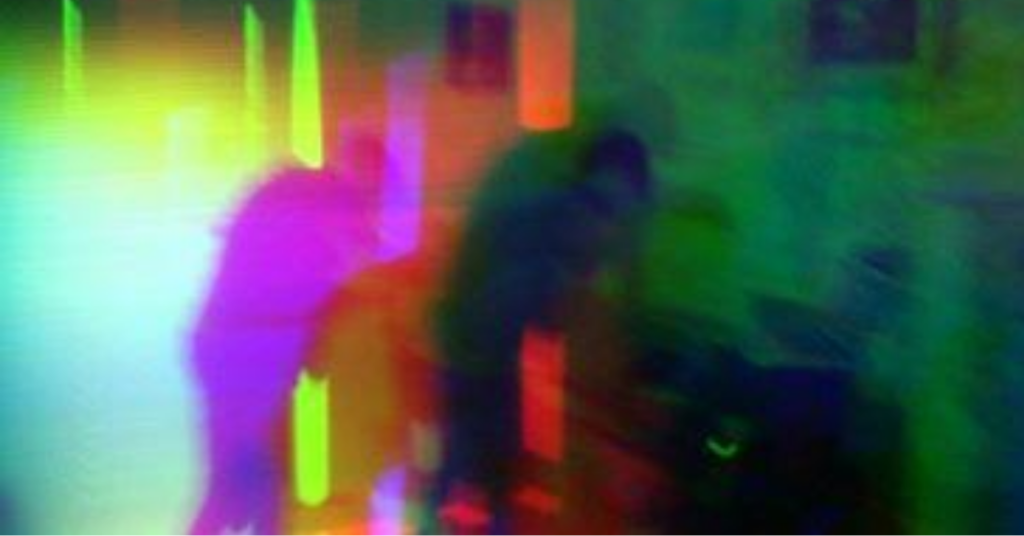
Why did I think this was acceptable?
I imagine a lot of DJs are reeling at the above paragraphs. I am too. I suppose the inexperience of youth (and a tangible lack of money) led to the above scenario. I think your tastes change as you get older as well. What I was listening too in 2010 is quite different to what I’m listening too now.
Also, playing regularly in bars did force my hand somewhat. A local DJ playing out in a club once a month, probably at their own club night, needs less music to entertain a crowd and can work on curating a style they like.
They can invest in 10-15 well researched, high-quality tracks per month and arrive at any venue with a fresh arsenal of dance floor weapon.
Playing weekly for four hours makes this pretty much impossible (Unless you’ve got deep pockets and you’re a full-time DJ/producer who has the time to find new music daily).
The commercialisation of the Northern Quarter had an impact on my library too. As bars along tibs street became more of a destination for the Friday night admin dept crowd demands at the booth started to get a lot more ‘top 40’. The pressure to please people, and keep my job, led to some dubious selections from the Beatport top 100.
All this combined into an inevitable race to the bottom when it came to my music selection, quality, and quantity.
After a year of operating like this, I started seeing my slots dry up. The continued commercialisation in NQ was pushing me more and more to play music I didn’t like. I reached a point where I just played what I wanted until I was let go by the bars that employed me.
I don’t remember being mad about that, or sad. I was more relieved I didn’t need to play music I didn’t enjoy. I took some time away from DJing after that. I still will play a few select venues in town if I’m asked. But long gone are the days where I’ll be in a bar every Saturday night. The stress isn’t worth the reward.
These few years working around town did leave me with a bleak-looking digital library too. A massive mess of .mp3’s spread across a battered old laptop, USBs, and an external hard drive. When I finally had time to breathe and take a step, I looked at my library and realised it was going to be an uphill struggle to make sense of it.
How have I tried to sort it?
The first thing I did to try and make sense of this mess was to remove iTunes. I stopped using it as I found it liked to rearrange and mess up my music library. Its sordid fingers got everywhere and it had a habit of putting single tracks in their own folders which is a pretty redundant practice. Also, the User Interface on the iTunes library is pretty horrible.
Once I’d done that I moved all my music off my computer and onto an external hard drive. This let me remove any duplicate files and gather my unorganised collection all in one place. I then started re-arranging everything on the external hard drive. Creating folders within folders, getting more and more specialist in terms of genre, tempo, or mood.
Whilst I was doing this I was brutally culling un-used and unloved tracks. I was quite harsh in this regard. Whole compilations were reduced to 2 or 3 tracks and .mp3’s I’d kept on the off chance I might once play them were left on the cutting room floor.
This process felt good, from the mess of tracks and downloads I was starting to see a sound emerge. A collection of music that if you heard it on a night out you’d recognise as being cohesive and considered.
Although this was a great start it didn’t solve the problem I was having. Attempting to organise my library in this way did help but it also created problems of its own.
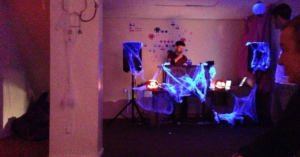
Why didn’t it work?
Even after reducing the number of tracks in my collection substantially I still didn’t cut away enough to know every track in my collection. Dividing my tracks into separate folders on a hard drive also meant I now had several duplicates of the same track living in different folders. I’d swapped one problem for another.
I use Serato to view my digital library and it can’t sync with folders on your hard drive. This meant music had to be manually moved over and it became as much of a mess as it was before. I had 8 versions of the same track living on 8 different folders all being displayed on screen. Half of them couldn’t be located and a lot were missing
Combine this with the fact I wasn’t properly applying track titles and artwork to my music and it eventually meant I was in the same position as last time. But with fewer tracks yet more music if that makes sense.
How did I end up sorting this?
I essentially started again. I decided to go through all the music I owned (again) and divided it into intervals of ten bpm. So I made folders labeled:
80-89 bpm
90-99 bpm
100-109 bpm
110-119 bpm
120-129 bpm
130+
This meant I could only have one track in one folder and it avoided duplicates. I then went through my collection and set a limit for each folder of 300 tracks. I couldn’t go over that limit and anything that didn’t make the cut was removed.
This set a really strict limit on the number of tracks I could keep. It’s worth noting that no folder was completely filled but I was super critical of what I kept. The largest folder ended up being 180 tracks. I then went through each folder and added proper meta-descriptions for every track and hunted down artwork for all the missing images.
That was quite a big job but now that it is done, it’s done. After this I moved them all to a folder I labeled ‘archive’ and they’ve stayed there ever since.
From there I began again. Avoiding all the mistakes I’d made in the past. Slowly building up my collection, only buying tracks I really knew I wanted and making sure I was getting the best quality I could. My collection is a lot smaller now, I don’t have music for any situation and I’m quite happy about that.
I suppose your music library is what you make it and what’s worked for me might not work for others but if I was to offer any advice it would probably be:
What would I advise?
I don’t think you’ll ever truly get to grips with your digital music library. Even now I can see neglected tracks I’ve bought that I’ve fallen out of love with. As my library gets bigger again I’m going to start seeing unfamiliar songs in there.
I’m planning for this by just accepting a level of chaos is necessary if you’re collecting music. I think it’s more important to find the right track at any one time as opposed to having 1000’s of tracks for any situation.
Also, my musical tastes have changed massively in the decade I’ve been dj’ing. That’s nothing to be ashamed of you just need to roll with the change. I cringe at some of the old music I listened to but it made me, along with the bars I used to play at, the DJ I am today.
A few final practical points
- Always add artwork to your tracks
- Write in the artist names, ep name, track titles, etc. It may seem like effort at first but it becomes very therapeutic after a while and can keep your digital collection looking ordered.
- Buy .WAV’s where possible, they sound nicer.
